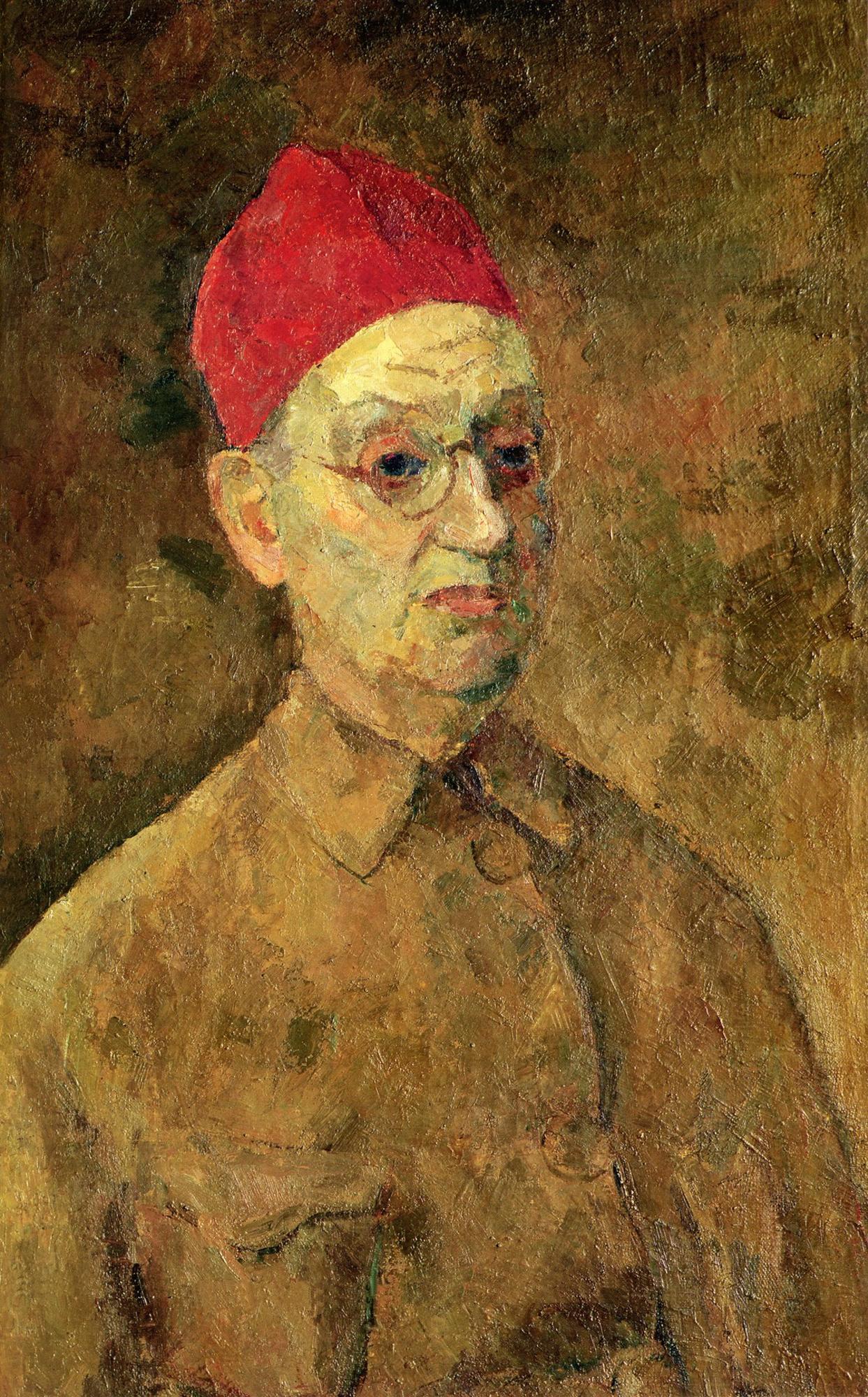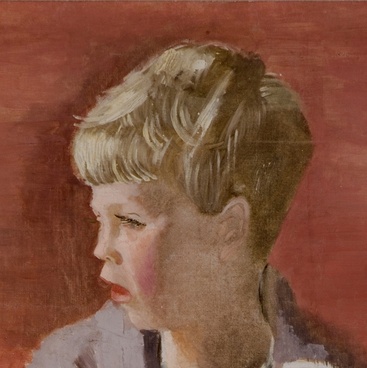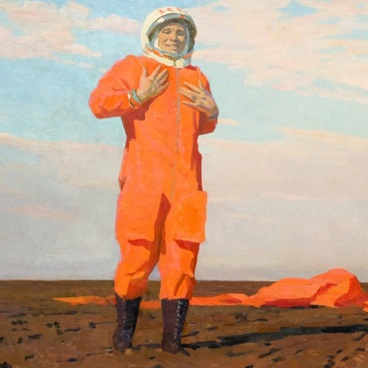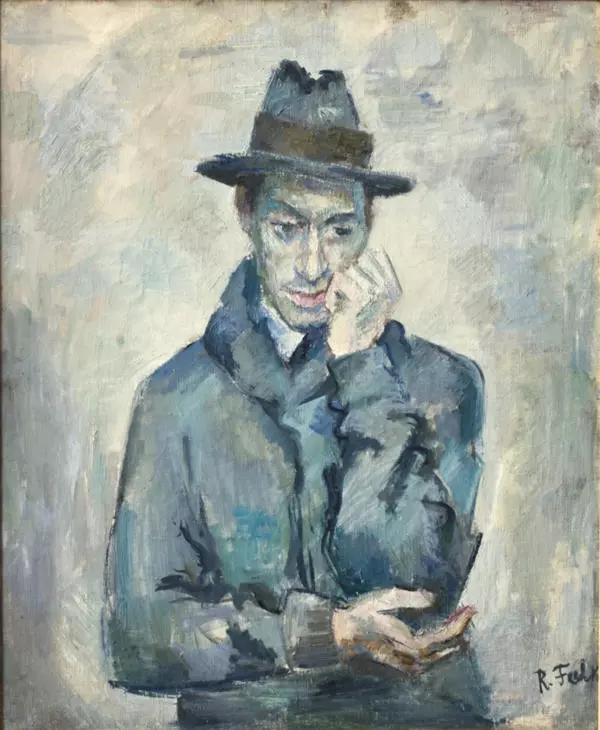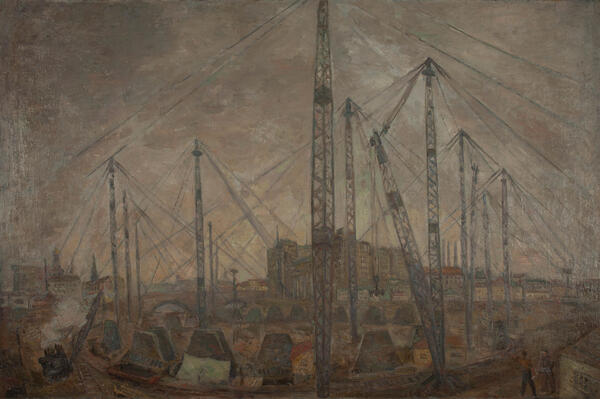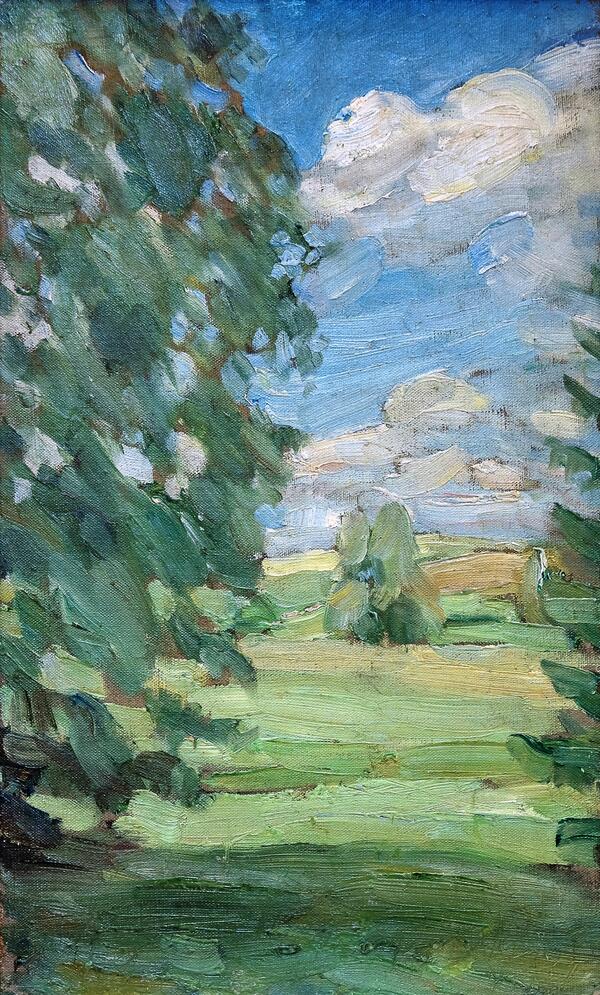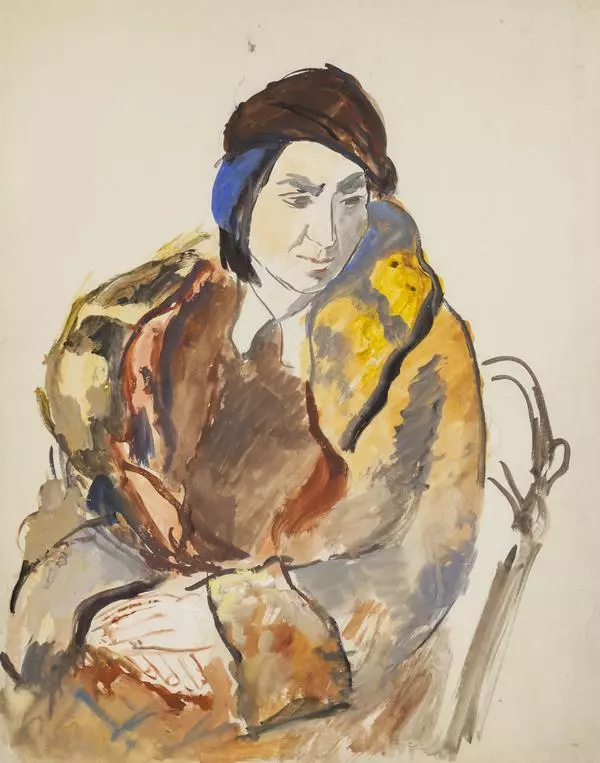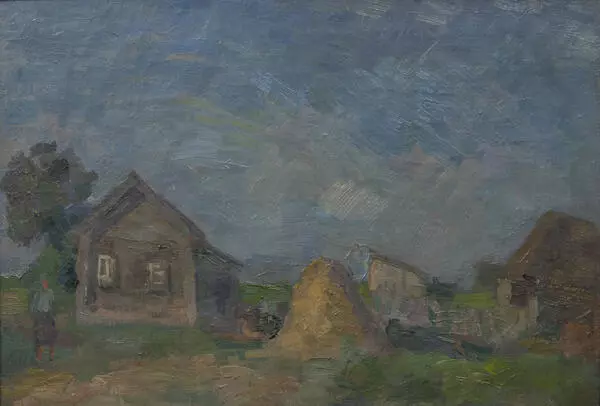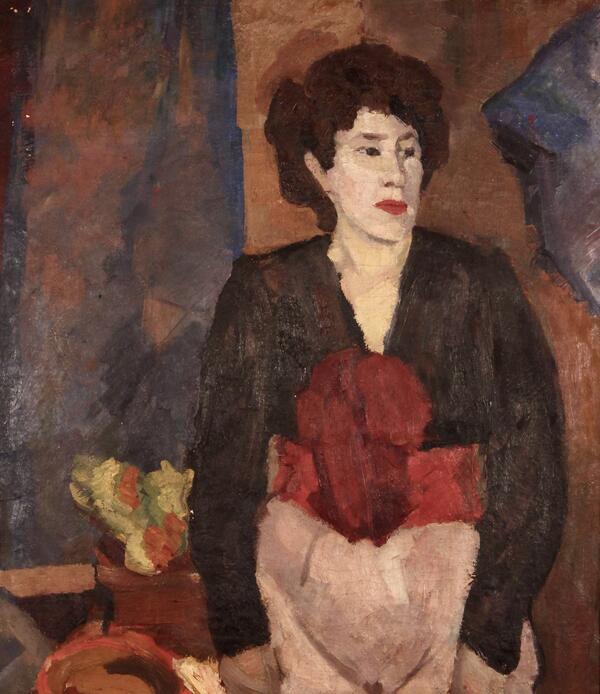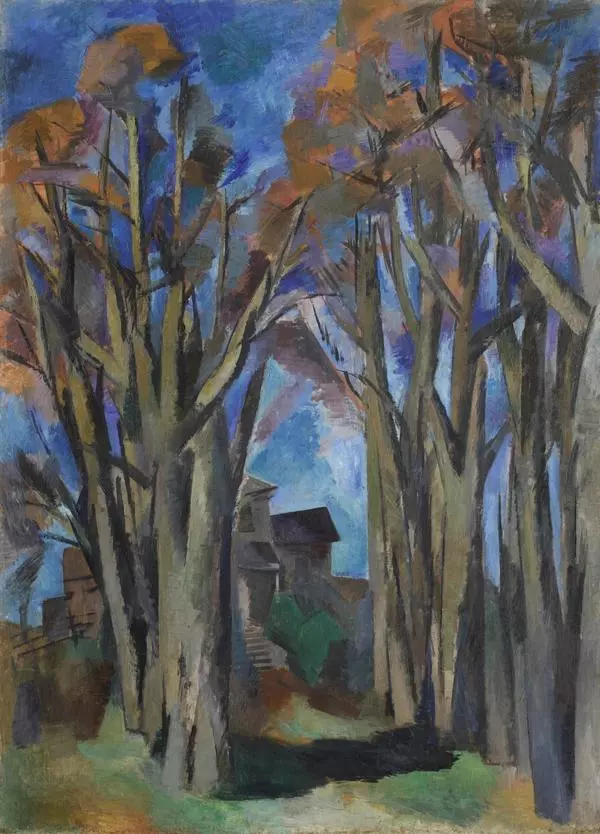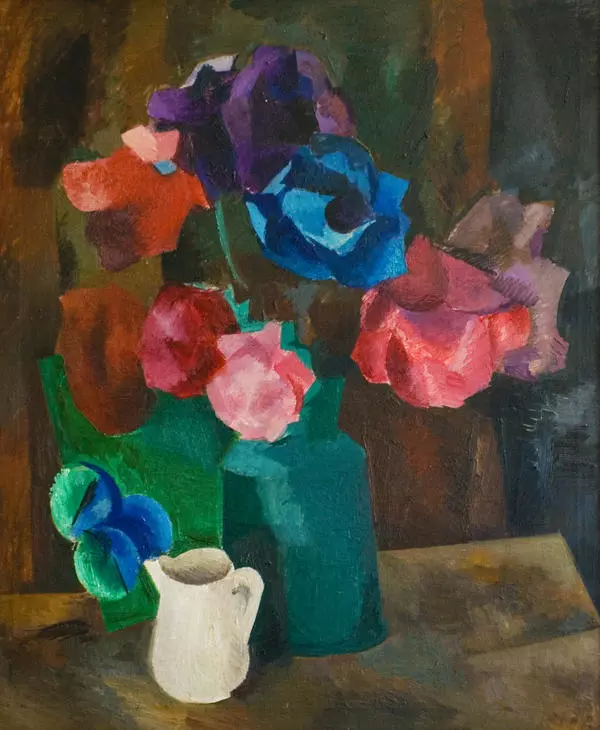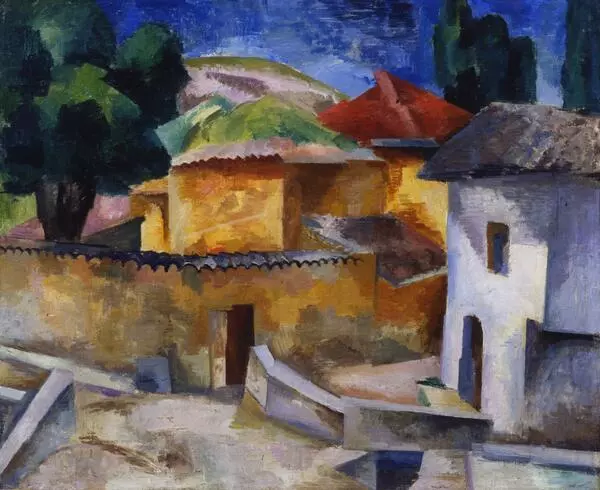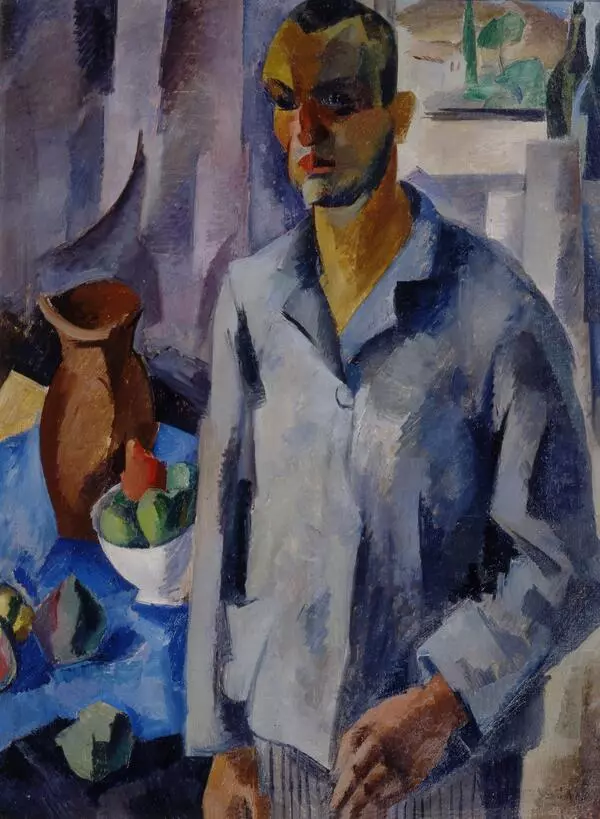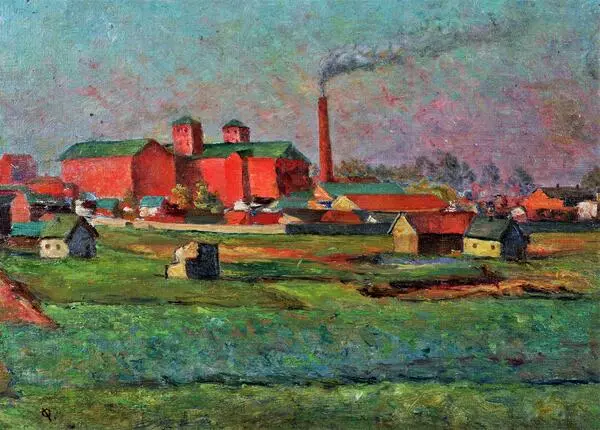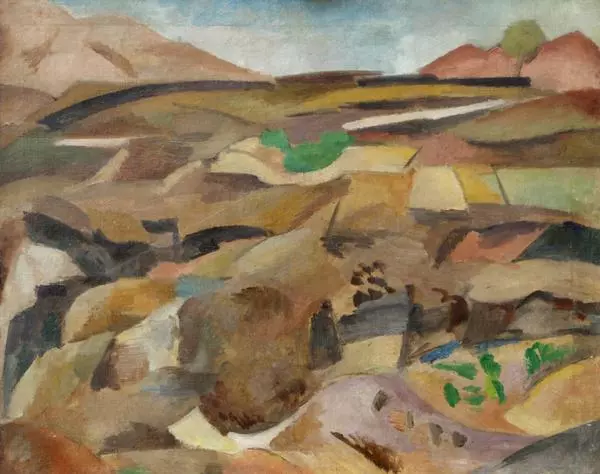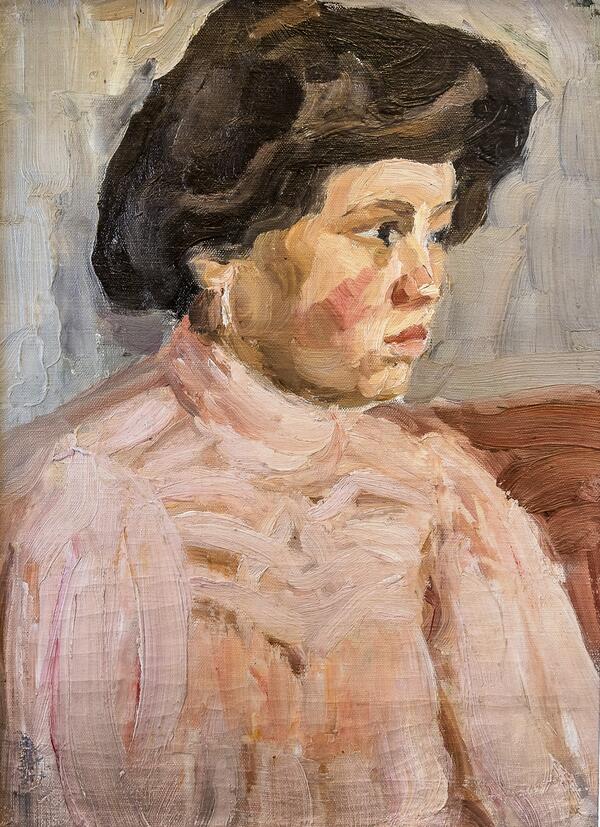Robert Falk was born in 1886 in Moscow. The artist’s father Rafail Falk was a lawyer and a chess player. The family was rather wealthy, and the parents were trying to foster their children’s interest in serious studies. They used to speak German at home, the children used to study at the strict and prestigious German Lutheran school Pieter-Paul-Schule. Since early years little Robert showed signs of musical talent which drew his parents’ praise.
However, the son’s interest in painting drew an opposite reaction. His parents regarded this profession as something not serious. Regardless his parents’ disapproval, Robert Falk continued his studies. In 1903, at the age of 17, Falk painted his first oil canvases, since 1904 he started to study at studios and private schools. In 1905 the artist entered the Moscow School of Painting, Sculpture and Architecture, where he learnt from Valentin Serov and Konstantin Korovin.
During the pre-revolutionary years Falk was an active member of the avant-garde group “Jack of Diamonds”, from 1918 he worked as a teacher. Falk dipped his toes in different genres, painted portraits and still lifes, and starting from the 1920s he created the innovatory by form and color scheme interiors. In the end of the 1920s he moved to Paris where Valery, the artist’s son from the first marriage, joined him. He was also interested in painting, and Falk actively stimulated this interest. In Paris father and son equally participated in different exhibitions. In 1937 Falk returned to Moscow. Time for his return wasn’t the best one, massive repressions took place in the country, the spy mania was blossoming and Falk was taking a risk bringing his paintings back home. After his return the artist didn’t have any official recognition, he was silenced and not allowed to teach. Only in the 1960s, after the artist’s death, his paintings started to get acquired by the state museums.
The painting featured at the Tver Gallery belongs to the Parisian period. During his all creative life Falk used to paint self-portraits. They depicted not only the artist’s image changing with time, but also his creative search. The early self-portraits are painted in cubist and impressionist manner, the mature works are painted in the unique, individual Falk’s manner. In his portraits of the 1930-1950s the abstract background has complex color scheme administered by the general idea of the work.
However, the son’s interest in painting drew an opposite reaction. His parents regarded this profession as something not serious. Regardless his parents’ disapproval, Robert Falk continued his studies. In 1903, at the age of 17, Falk painted his first oil canvases, since 1904 he started to study at studios and private schools. In 1905 the artist entered the Moscow School of Painting, Sculpture and Architecture, where he learnt from Valentin Serov and Konstantin Korovin.
During the pre-revolutionary years Falk was an active member of the avant-garde group “Jack of Diamonds”, from 1918 he worked as a teacher. Falk dipped his toes in different genres, painted portraits and still lifes, and starting from the 1920s he created the innovatory by form and color scheme interiors. In the end of the 1920s he moved to Paris where Valery, the artist’s son from the first marriage, joined him. He was also interested in painting, and Falk actively stimulated this interest. In Paris father and son equally participated in different exhibitions. In 1937 Falk returned to Moscow. Time for his return wasn’t the best one, massive repressions took place in the country, the spy mania was blossoming and Falk was taking a risk bringing his paintings back home. After his return the artist didn’t have any official recognition, he was silenced and not allowed to teach. Only in the 1960s, after the artist’s death, his paintings started to get acquired by the state museums.
The painting featured at the Tver Gallery belongs to the Parisian period. During his all creative life Falk used to paint self-portraits. They depicted not only the artist’s image changing with time, but also his creative search. The early self-portraits are painted in cubist and impressionist manner, the mature works are painted in the unique, individual Falk’s manner. In his portraits of the 1930-1950s the abstract background has complex color scheme administered by the general idea of the work.




